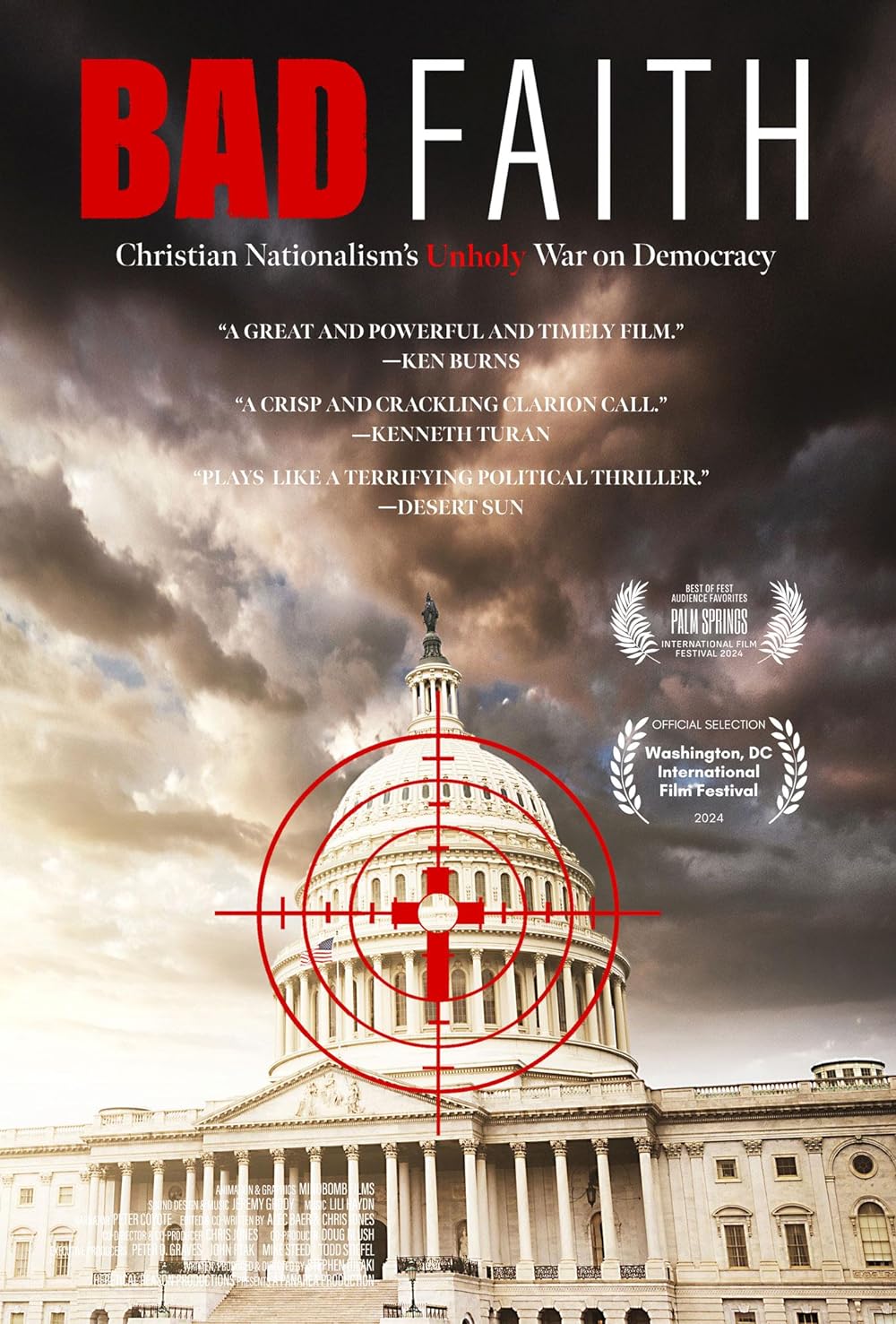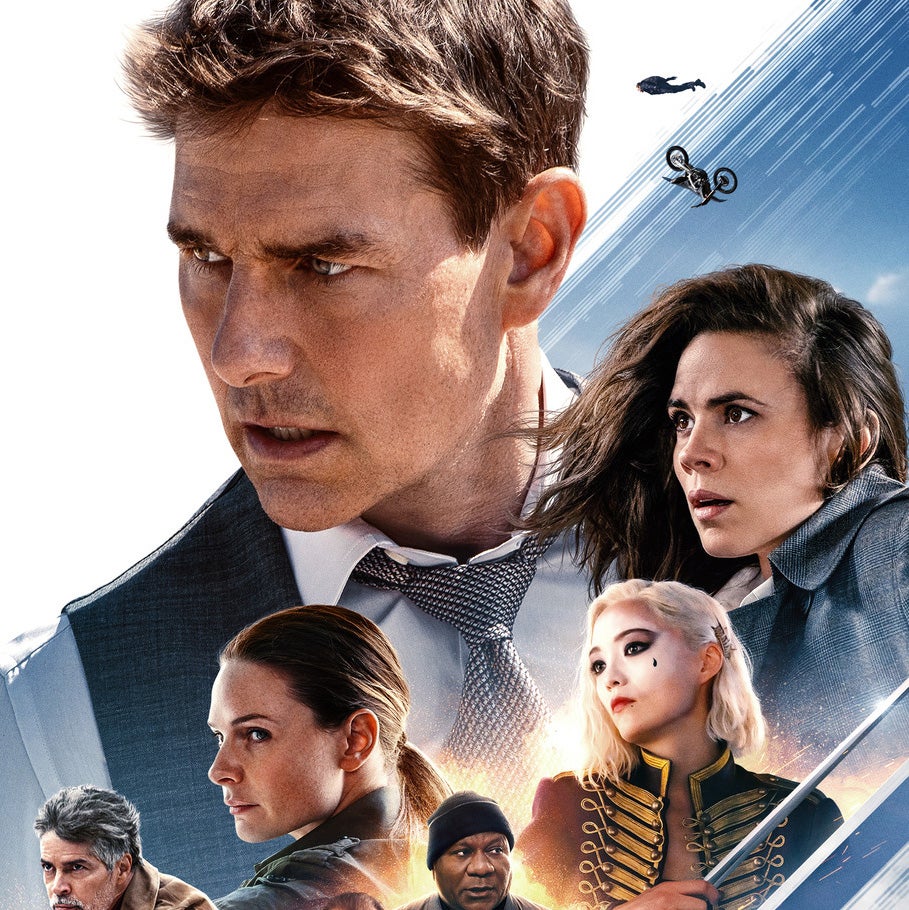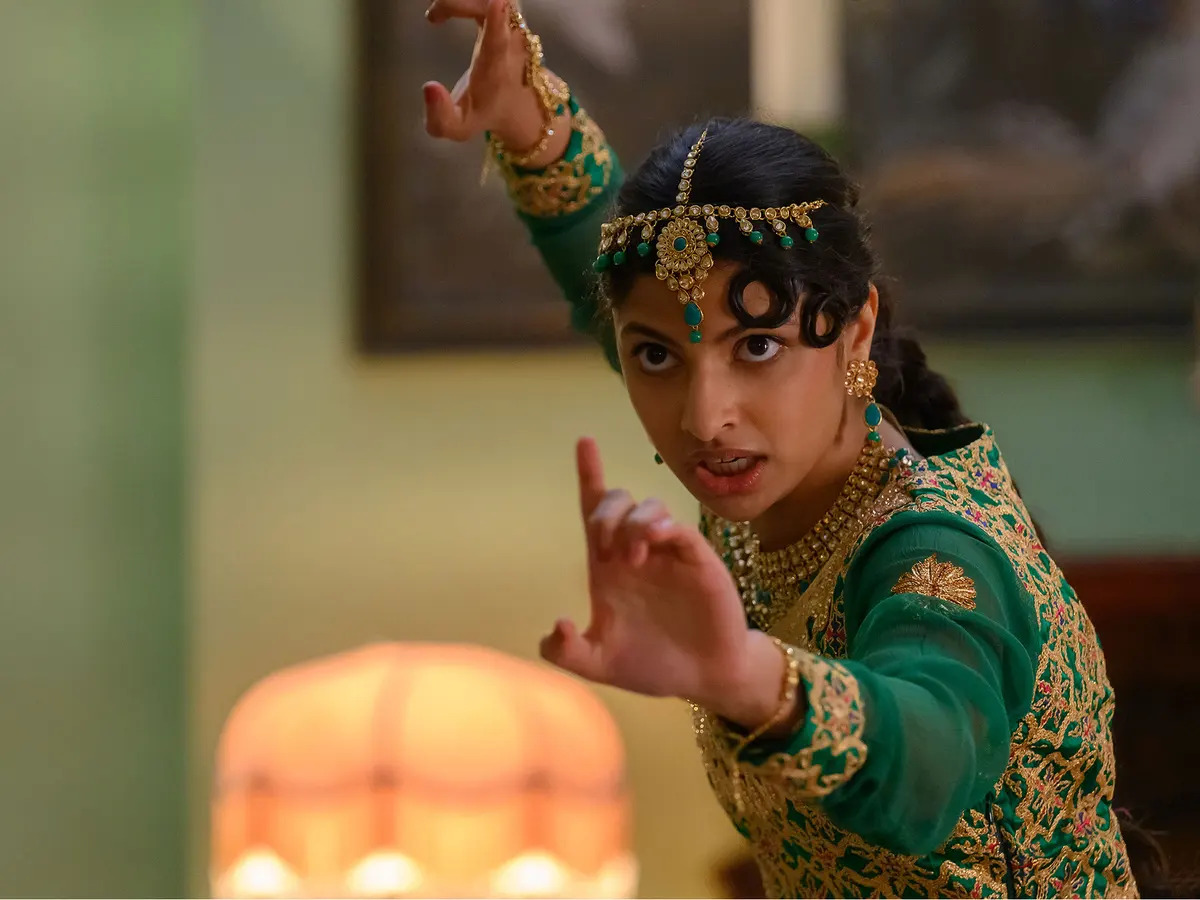The Chronicles of Narnia: The Lion, the Witch, and the Wardrobe
Posted on December 7, 2005 at 3:25 pm
A-| Lowest Recommended Age: | 4th - 6th Grades |
| MPAA Rating: | Rated PG for battle sequences and frightening moments. |
| Profanity: | None |
| Nudity/ Sex: | None |
| Alcohol/ Drugs: | None |
| Violence/ Scariness: | Very intense battle violence with graphic injuries and sad deaths |
| Diversity Issues: | A metaphorical theme of the movie |
| Date Released to Theaters: | 2005 |
| Date Released to DVD: | 2006 |
| Amazon.com ASIN: | B000E8M0VA |
The perennial children’s classic by C. S. Lewis has been lovingly, thrillingly, enchantingly, brilliantly brought to screen in this flawless adaptation of the first of the “Narnia” series. (Note for purists — yes, it is chronologically the second in the order of the story, but it was the first Lewis wrote.) It is one of the best films of the year for any and all ages.
Four children, oldest brother Peter (William Moseley), sister Susan (Anna Popplewell), brother Edmund (Skandar Keynes), and youngest Lucy (Georgie Henley) are sent to a huge old house in the country for safety during the bombing of London in World War II.
Told to stay out of the way of its owner, “The Professor” (James Broadbent), and stuck inside on a rainy summer day, they play hide and seek. Lucy sneaks into a huge “wardrobe” (a piece of furniture that is something like a closet). Behind all the fur coats, she finds pine branches and suddenly under her heel, there is a crunching of snow.
She meets a faun named Mr. Tumnus (James McAvoy) who at first thinks she must be some kind of beardless dwarf and then realizes she is a “daughter of Eve” — a human. He tells her she is in Narnia and invites her to tea. Enticed by his offer of friendship and the promised sardines, she goes with him to his little house. But it turns out he did not have friendship in mind. The evil witch who calls herself a queen has kept Narnia in a perpetual winter without Christmas for a hundred years has issued an order that any humans must be brought to her because of a prophecy that four humans will reclaim the kingdom.
Tumnus cannot go through with it, so he tells Lucy to leave before the witch finds her. Lucy goes back through the wardrobe where only a moment has passed in the professor’s house, though she had been gone for hours. No one believes her story.
Edmund goes to Narnia with her and meets the witch (Tilda Swinton), who promises him treats and a throne, but when he comes back, he says she made it all up. Soon all four children are in Narnia. While Peter, Susan, and Lucy join with Aslan the lion and those who want to melt the hundred-years winter and bring freedom back to Narnia, Edmund’s vanity and loneliness cause him to side with the witch. Dire battles lie ahead — a battle of armies and a battle of the spirit.
The design and effects are stunning, with completely believeable centaurs, fauns, cyclops, wolves, and foxes. Narnia feels truly magical.
The performances of the four leads, especially Henley’s Lucy, are unaffected and sincere. Swinton’s flat face and almost-invisible brows and lashes float above stiff, even sculptural gowns and there is never a hint of a wink or a holding back because this is a kids’ story. She brings the absolute focus and conviction to the part of the witch she might bring to a performance as Lady Macbeth and it is shiveringly evil. Liam Neeson provides the voice of Aslan, the wise and generous leader of the rebellion, and Ray Winstone and Dawn French are the endearing beavers. The script, co-written by director Andrew Adamson — hmmm, son of Adam — (Shrek) is wise and genuinely witty. It delicately but thoughtfully manages to achieve a balance between fairy tale and religious allegory so that audiences in search of either will find what they are looking for and be satisfied. And that is a very deep magic indeed.
Parents should know that this movie has very intense and explicit battle violence for a PG movie, close to the edge of a PG-13. Characters are injured and (apparently) killed. Children are in peril and one is smacked, imprisoned, and treated cruelly. Parents of younger children and those not familiar with the story will want to make sure that children who see the movie know what to expect. We first see the children hiding as London is attacked by bombs during WWII, and then they are sent away by their mother to live with someone they do not know. Some children may need some historical context (and some reassurance) to understand this part of the story.
Families who see this movie should talk about the tradition of “enchanted place” stories and why they are so enduringly popular. How is this story like — and not like — other stories about children who wander into magic lands? One reason this story has been popular for so many years is that it works on many levels. Some families will want to discuss the Christian symbolism in the story, which was written by a distinguished theologian. Others will want to focus on other themes, like trust, loyalty, and courage. What was Edmund so ready to believe what the Queen said? Why did he try to make a joke out of everything? What did Aslan mean by understanding sacrifice? Why was Aslan so willing to forgive Edmund? If you could create a magic land, what would it be like?
Families who enjoy this movie will also enjoy the books and the BBC miniseries
. They will also enjoy other “enchanted places” stories in books and movies, from classics like Alice in Wonderland
, The Secret Garden
, and The Wizard of Oz
to newcomers like Time Bandits
, the books of Edward Eager and E. Nesbitt, and the His Dark Materials
trilogy. Older viewers who would like to know something more about the author of these books will enjoy Shadowlands
(or the equally good British version), about the very unexpected (especially by Lewis) love of Lewis’s life, Joy Gresham (whose son Douglas was co-producer of this film, and who provides the voice of the radio announcer at the beginning).






